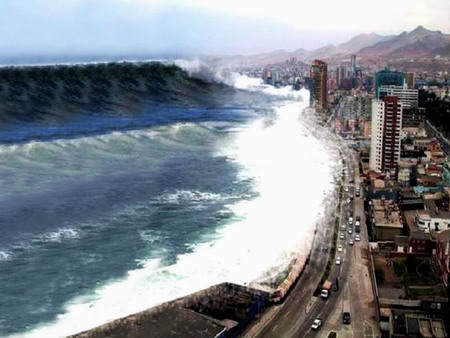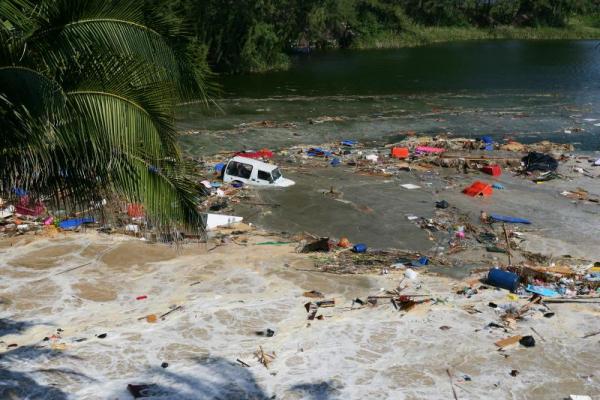Universal Parasite
Para - sight. A meta understanding of course unrelated and independent to that which it lies beside. Our conscious understanding of our presence and meaning in the universe is "to one side", amiss. Contemporary culture has been fashioned into one in which each individual lives at the expense of the whole without making any useful contribution or return. The whole is understood as the eco-sphere in which we exist. As time is imagined through our understanding of change, however, this sphere of influence is expanding to include more of the emptiness around us. NASA has recently reported detecting frozen reserves of water on the dark side of the moon. More reserves from which the toady Homo sapiens sapiens can use to expand our ranks in order to exploit more resources within the cosmic free market. Just as an intracellular or organocentric true parasite, our population expands exponentially and disproportionately with regard to the limited supply of resource from which we siphon. Not wise enough, however, to engage in commensalism, the human animal consumes all within our reach in an innate desperation to expand and conquer that objective reality which, paradoxically, we are part of. us. Now, that this irrational and pathological vacuum of demand is able to access other objects in outer space, the metaphorically dark and withered hand of econo-demand is poised to cast its diseased shadow of commercialism across the outer reaches of the solar system, and beyond. We, ourselves, are a cleverly disguised black hole, a species commited to the consumption of all that which we can grasp in our meta-scientific, technological hand. If we are unable to consume something, we attempt to destroy it. In order that it may be assimilated into the scrap heap of inorganic waste which our primeval parasitic instinct compels us to accumulate and whitch will trail us throughout the universe. As cosmic tapeworms, the human species leaves its excrement behind or beside its cosmic lair. Once this planet we call home becomes bottomed out, so to speak, we will necessarily turn to the exploitation of neighbouring bodies and resources. Thus have we compromised the very necessity of our being and settled for sufficiency alone. Super sufficient, but unnecessary and becoming increasingly dispensible from a planetary perspective. Cosmic parasitism, hidden behind that which we call religion and politic, is driving us towards the last rung in the spiral DNA lattice. No where left to go. A sheer drop of infinite dimensions. Systemic genocide. Everything organic must go. Its nigh time for cosmic sanitation to begin. The custodians of commerce are gearing up for the big clean. The one which rids what it is from what is was. It all happens in the course of a night. The night which was day, revealing that which was hidden in the deepest recesses of our evolutionary memory. Alas, all wood things must come to an end, particularly the syphilitic spirochete of techno-hubris into which we have inorganically evolved. And return to that from whence it came.
The river Styx has no beginning and no end, only middle.






